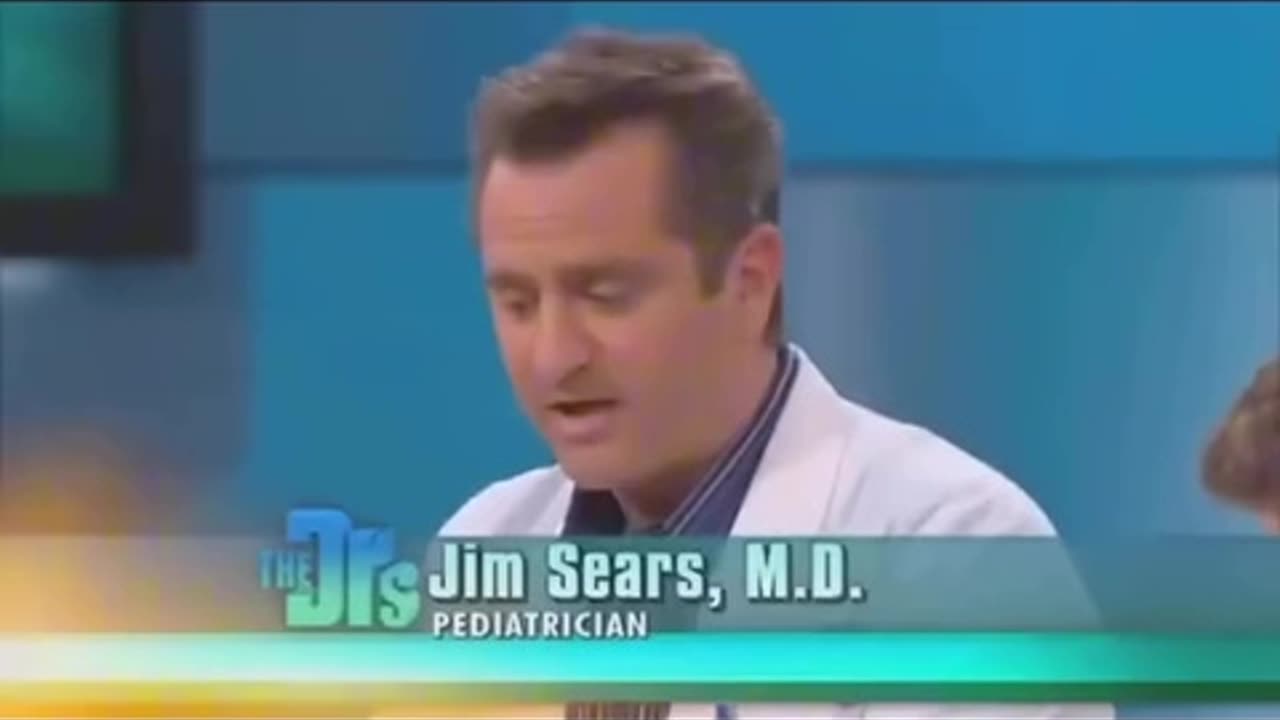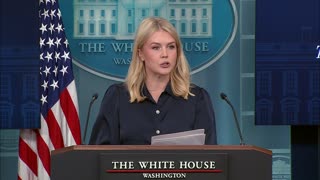Premium Only Content

Artificial Food Dyes: A Hidden Danger in Your Child’s Diet?
15 Million Pounds of Food Dye Annually, Much of It in Kids’ Snacks
Every year, an astonishing 15 million pounds of artificial food dye is added to the food supply in the United States. These synthetic colorants, used to make foods more visually appealing, are especially prevalent in snacks and products marketed toward children. From vibrant fruit snacks to colorful cereals, food dyes like Red 40, Yellow 5, and Yellow 6 are almost ubiquitous. But mounting evidence suggests these additives may pose significant risks to children’s health, sparking growing concern among parents, health professionals, and researchers.
The Health Risks of Food Dyes
1. Behavioral Problems
• Studies have linked artificial food dyes to behavioral issues in children, including hyperactivity and symptoms of ADHD.
• Parents and researchers have observed correlations between high dye consumption and mood swings, focus difficulties, and erratic behavior in children.
2. Potential Links to Autism
• While research is ongoing, some experts have raised concerns about a potential connection between food dyes and autism spectrum disorders (ASD).
• Certain dyes may exacerbate neurological sensitivities, particularly in children with pre-existing conditions.
3. Carcinogenic Concerns
• The FDA acknowledges that Red 3, a common food dye, is a known carcinogen, yet it remains approved for use in food.
• Other dyes, such as Red 40, Yellow 5, and Yellow 6, have also been implicated in studies suggesting links to cancer and immune system disruptions.
The Regulatory Debate: Why Are These Dyes Still Approved?
1. FDA Oversight
• The Food and Drug Administration (FDA) regulates artificial food dyes but has faced criticism for approving additives with known risks.
• Critics argue that the FDA’s standards are outdated and fail to account for cumulative exposure, particularly in children, who consume more dye-laden foods than adults.
2. International Standards
• Many artificial dyes approved in the U.S. are banned or heavily restricted in other countries. For example, the European Union requires warning labels on foods containing certain dyes.
• In contrast, the U.S. has yet to implement similar safeguards, allowing dyes like Red 40 to remain widely used.
3. Industry Influence
• Food manufacturers argue that artificial dyes are safe when consumed in moderation and that they play an essential role in product appeal.
• However, consumer advocacy groups contend that natural alternatives, like beet juice or turmeric, could replace artificial dyes without compromising quality.
Parents’ Concerns and Personal Stories
1. Behavioral Changes After Removing Dyes
• Many parents report dramatic improvements in their children’s behavior after eliminating artificial food dyes from their diets.
• Anecdotal evidence includes fewer tantrums, better focus in school, and reduced hyperactivity.
2. The Challenge of Avoidance
• Avoiding food dyes can be difficult, given their prevalence in popular products like candy, sodas, breakfast cereals, and even vitamins.
• Parents often feel overwhelmed by the need to scrutinize ingredient labels and search for dye-free alternatives.
What You Can Do to Protect Your Family
1. Read Labels Carefully
• Look for products that explicitly state “no artificial colors” or use natural coloring agents like paprika, spirulina, or carrot juice.
• Be especially vigilant with snacks, beverages, and packaged foods marketed toward children.
2. Opt for Whole Foods
• Whole, unprocessed foods like fruits, vegetables, and minimally processed grains are free from artificial dyes.
• Homemade snacks and meals allow parents to control what goes into their children’s food.
3. Advocate for Change
• Join consumer campaigns calling for stricter regulations on artificial dyes and greater transparency from food manufacturers.
• Support brands that prioritize natural ingredients and clean labeling.
Conclusion: A Call for Transparency and Reform
The widespread use of artificial food dyes in the American food supply is raising alarms about their potential impact on health, particularly for children. While regulatory agencies and food manufacturers continue to debate their safety, parents are increasingly turning to natural alternatives and calling for more stringent oversight.
As awareness grows, the demand for transparency and reform is becoming louder. The question remains: how much longer will the health risks of artificial dyes be overlooked in favor of their aesthetic appeal? Until meaningful change occurs, parents, educators, and health professionals must stay informed and proactive in protecting the next generation.
-
 1:27:21
1:27:21
FragmentsOfTruth
11 days ago🜏 FRACTAL IMMORTALITY
2831 -
 53:03
53:03
Sean Unpaved
6 hours agoSchlereth Unplugged: 3x Champ Talks TV, Football, & 2025 Season Expectations
42.7K1 -
 1:03:28
1:03:28
Russell Brand
6 hours agoCan You Really Take an Unbiased Look at Hitler? - SF624
151K122 -
 12:39
12:39
Michael Button
7 hours ago $2.07 earnedAn Entire Civilization Might Be Buried Under the Sahara
33.3K11 -
 4:38
4:38
Michael Heaver
13 hours agoShifting UK Triggers Rapid REVOLUTION
28.3K3 -
 58:53
58:53
The White House
5 hours agoPress Secretary Karoline Leavitt Briefs Members of the Media, July 31, 2025
45.3K47 -
 5:48:07
5:48:07
JuicyJohns
9 hours ago $3.48 earned🟢#1 REBIRTH PLAYER 10.2+ KD🟢$500 GIVEAWAY SATURDAY!
88.8K6 -
 2:08:15
2:08:15
IrishBreakdown
5 hours agoNotre Dame Fall Camp Practice Report
27.7K1 -
 1:04:08
1:04:08
Timcast
6 hours agoPelosi MELTS DOWN After Trump Accuses Her Of INSIDER TADING, PELOSI ACT Moves Forward
174K111 -
 1:54:53
1:54:53
Steven Crowder
8 hours ago🔴 Is the Sig Sauer P320 Killing People & Trump Wins the Trade War: Guest Brandon Herrera
392K344